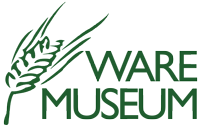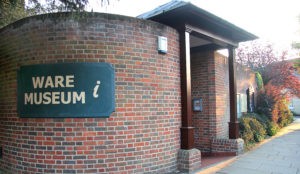Canon Gallery
The original front room of the Priory Gatehouse is used for the changing exhibition programme.
However, we do not dedicate this space solely to the Museum’s collections!
If you are part of a group or society that has a story you wish to tell, we would be delighted to help.
Please note: whilst we are more than happy to help with the installation of exhibitions, we do ask that the preparatory work (research and providing materials for displays) is done by the enquiring party.
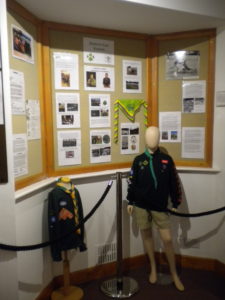
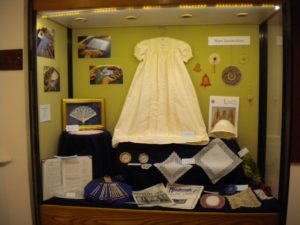
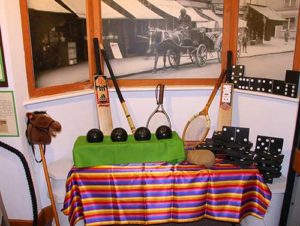
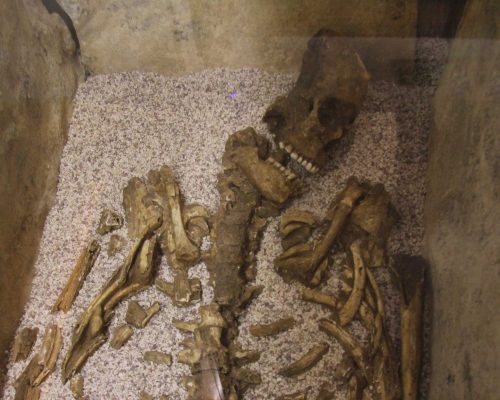
Victoria Gallery
Archaeology has shown that Ware has been occupied since at least the Mesolithic period (which ended about 4000 BC). Thus, it has been said that Ware is one of the oldest continuously occupied sites within Europe. During the pre-Roman Iron-Age, the River Lea was a convenient trade route from the Continent. With the river crossing allowing further access to the hinterland, the Iron-Age settlement became an important trading centre. Following the Roman invasion of AD 43, the area continued to develop and a Roman town grew up either side of the road, later known as Ermine Street. The river crossing was the centre for the Saxon town. The Norman overlords developed Ware along the river, creating the High Street and the bridge, which superseded the Ermine Street and ford crossing.
Hope Gallery
Following the Roman withdrawal from Britain the Ware area was predominantly British. It took a while for the Saxons to infiltrate the area, which they appear to have done peaceably. During the Viking raids on England, the River Lea was one of the means by which they infiltrated the centre of the country. However, when Alfred the Great created the weirs in the River Lea in 895, the Vikings withdrew to the north leaving their ships behind. For a short period, the River Lea was part of the boundary between Saxon England and Danelaw. When the Normans arrived, it was apparent that Ware was a prosperous and comfortable place to live. The Normans expanded Ware along the river creating the High Street and building the bridge at the southern end of the town. Ware flourished through the ages thanks to the communication lines of the river, the Old North Road and improved further with the coming of the railway.
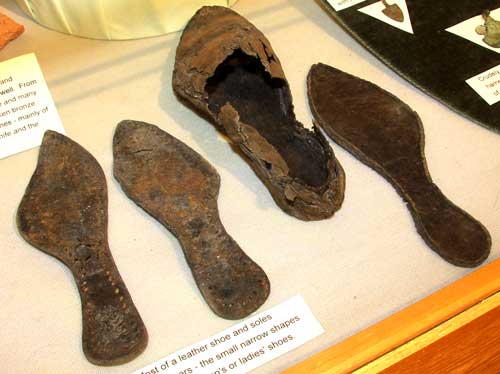
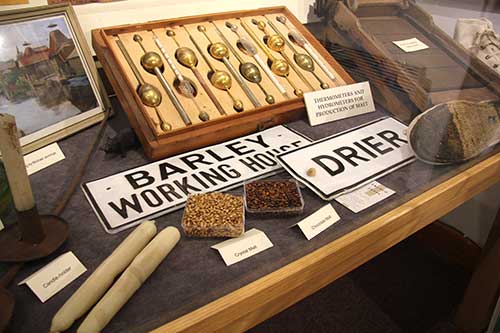
Star Gallery
The river continued to be beneficial to Ware and its development. Allen & Hanbury came out from London thanks to the Lea. The fruitful farm land above the river produced the barley that created the Malting industry in Ware, the river providing the means of exporting the malt to London. The development of Ware produced a flourishing brickmaking industry. The Old North Road brought people into the town, a day’s travel from London, with a profusion of inns and alehouses to refresh the travellers after their arduous journey. Wickham Engineering flourished, producing railway vehicles that are still working in other parts of the world. In the centre of the gallery is a playcentre for under-5s.
World War II Control Centre
During World War II the Bunker was the Control Centre for the area. It was permanently staffed to co-ordinate local defences and respond to air raids. The Bunker gives the visitor a feel for that time, as well as giving information on the privations experienced by the inhabitants.

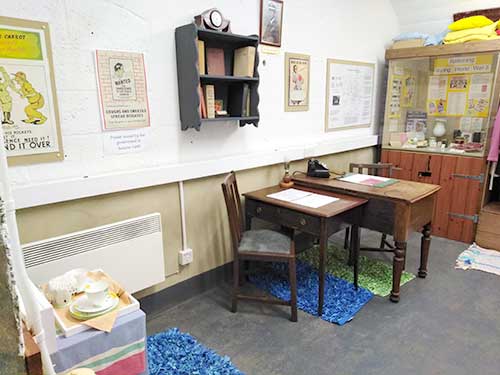
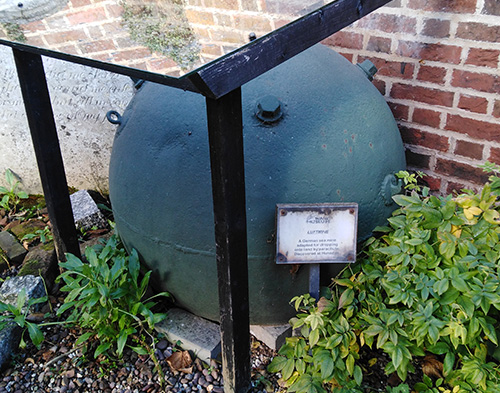
The Garden
The Garden provides an oasis of calm in the busy life of Ware town where visitors can sit underneath a gnarled apple tree, amongst the herbs grown in medieval gardens for healing purposes. A Wickham rail inspection trolley, the tiller of a river barge and the Luftmine from WWII add to the ambience.
